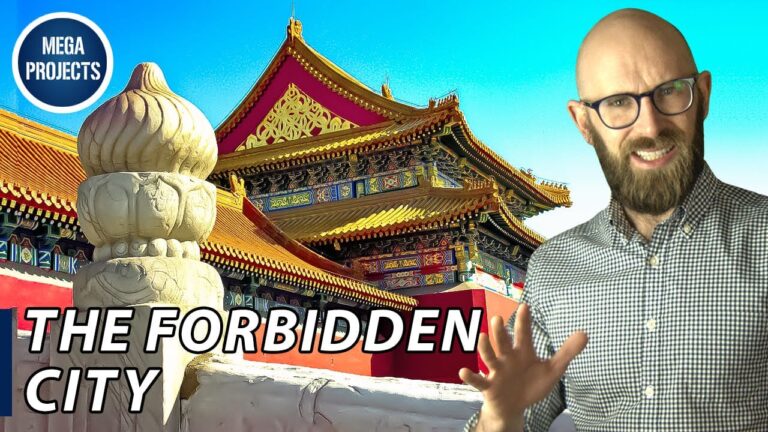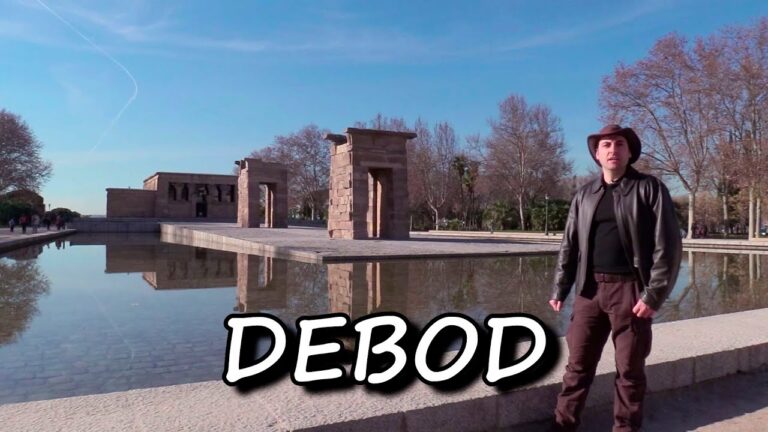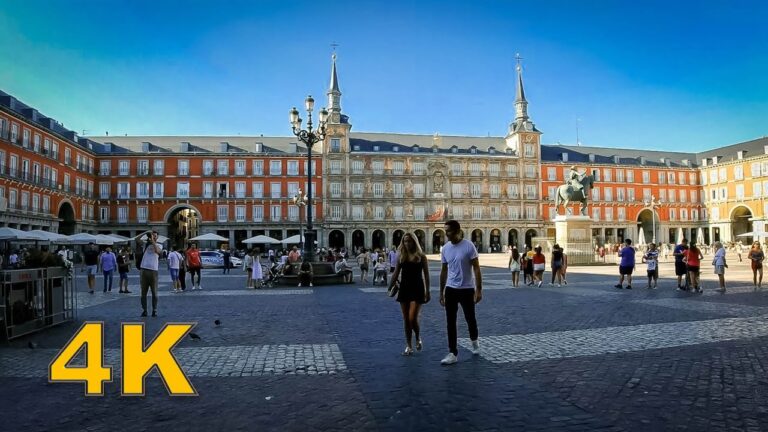Welcome to my blog post today as we explore the world of China’s Forbidden City. The Forbidden City, also referred to as the Palace Museum, is China’s imperial palace complex found at the heart of Beijing city. It has a vast array of palatial buildings, immaculate gardens, and ancient halls constructed during the Ming and Qing dynasties.
The History of the Forbidden City
The Forbidden City, which is now a popular tourist destination, was once an exclusive palace of the Chinese emperor. It was built during the early years of the Ming dynasty, who relocated the capital from Nanjing to Beijing in 1421. The purpose of constructing this imperial palace was to serve as the center of governance and residence for the emperor and his royal family.
After the collapse of the Qing dynasty in 1911, the Forbidden City was declared a museum, displaying the rich cultural heritage of China. Interestingly, during the Ming and Qing dynasties, the palace was strictly off-limits to any ordinary citizens, hence the name “Forbidden City.”
The Architecture of the Forbidden City
The architecture of the Forbidden City is an exceptional masterpiece of Chinese architecture. The palace complex is built using traditional Chinese materials and techniques. The walls surrounding the complex are over 10 meters high and made of grey bricks. The roofs are built with a double-layered design and decorated with glazed tiles of varying colors.
The palace complex has over 9,000 rooms, making it one of the largest palace complexes globally, and it covers an area of approximately 720,000 square meters. The vastness of the palace only reflects the wealth and power of the Chinese emperors.
The Palace Museum Exhibitions
The Palace Museum showcases an extensive collection of Chinese art and antiques; the collections include ceramics, traditional paintings, bronzes, jade artifacts, and calligraphy. The exhibits are well-preserved and provide insight into the different periods of Chinese culture and stories surrounding China’s emperors.
Forbidden City Tips for Visitors
- Make sure to wear comfortable shoes to cover the long walking distances.
- The hot summer months require keeping hydrated, and sunscreen is necessary.
- You should arrange for a knowledgeable tour guide to help enhance your exploration and understand Chinese history better.
- You need to take your time to visit the different halls and rooms to fully explore and appreciate the palace’s vastness and beauty.
Conclusion
In summary, China’s Forbidden City is a focal point of Chinese history and culture. It serves as a great place for exploring China’s rich cultural heritage and architecture. If you plan to visit China, make sure to include visiting the Forbidden City on your travel itinerary.




